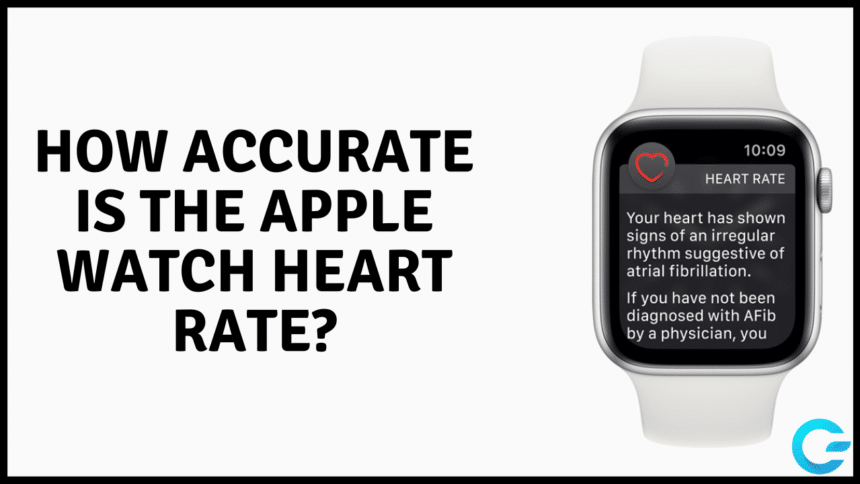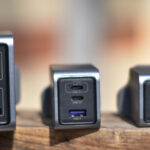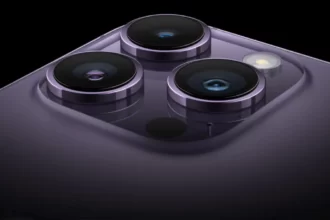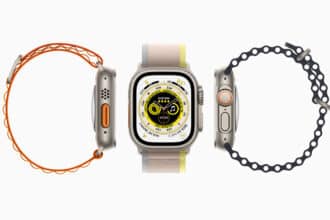The Apple Watch is a popular smartwatch that includes a variety of features such as a Heart Rate monitor. It is great for exercise and monitoring general heart health. However, from time to time, you may notice the heart rate number reported back seems unusual given your present state. It works by flashing its LED lights hundreds of times per second, the Apple Watch can calculate the number of times the heart beats each minute. But just how accurate is the Apple Watch Heart Rate monitoring feature? In this article, we will examine the accuracy of the Apple Watch heart rate monitor, as well as how it compares to other smartwatches and what other features we can expect from the heart rate sensor in the future. Additionally, we will talk about how we can improve its accuracy.
How Does the Apple Watch Heart Rate Monitor Work?
The Apple Watch uses photoplethysmography (PPG) technology to measure heart rate. This involves shining a green light onto the skin. After that, you measure the amount of light that is absorbed by the blood vessels. As the heart pumps blood through the vessels, the amount of light absorbed by the vessels will change. This allows the Apple Watch to measure the heart rate.

Is your Apple Watch band getting dirty? Click here to read all about cleaning an Apple Watch band!
How Accurate is the Apple Watch Heart Rate Monitor According to the FDA?
The accuracy of the Apple Watch heart rate monitor has been tested and approved by the US Food and Drug Administration (FDA). In 2018, the FDA cleared the Apple Watch for use as a diagnostic tool for detecting atrial fibrillation, a type of irregular heart rhythm. The approval was based on the results of clinical trials that demonstrated the accuracy of the Apple Watch’s heart rate monitor.
One study published in the Journal of the American Medical Association compared the heart rate readings of the Apple Watch to those of a traditional electrocardiograph (ECG) machine in a group of volunteers. The study found that the Apple Watch was able to accurately detect abnormal heart rhythms with a sensitivity of 98.3% and a specificity of 99.6%.
Another study was conducted by the California State Polytechnic University. It found that the Apple Watch was able to accurately track heart rate with an error rate of just 2.7%. This study also found that the Apple Watch was able to accurately detect changes in heart rate during exercise, with an error rate of just 3.4%.
Factors affecting the accuracy of the Apple Watch Heart Rate Monitor
Overall, the accuracy of the heart rate monitoring feature on the Apple Watch tends to be good. but it is not perfect. The Apple Watch can be affected by a variety of factors that can impact its accuracy like any device that measures heart rate.
Apple Watch’s Fit
One factor that can affect the accuracy of the Apple Watch’s heart rate monitoring is the fit of the device. It uses optical sensors to measure the blood flow in your wrist, and a snug fit is necessary for the most accurate measurements. If the watch is too loose or is not positioned correctly on your wrist, the readings may not be as accurate.
Movement Factor
Another factor that can impact the accuracy of the heart rate monitoring on the Apple Watch is movement. The optical sensors on the watch may have difficulty accurately measuring heart rate if the user is moving around a lot, such as during energetic exercise. In these situations, the Apple Watch may be less accurate than a chest strap heart rate monitor, which is typically more stable and less affected by movement.
The accuracy of the heart rate monitoring feature on the Apple Watch can also be affected by other factors, such as the user’s skin tone (yes, it does affect it), the ambient light conditions, and the presence of tattoos or other patterns on the skin. In general, the heart rate monitoring on the Apple Watch is most accurate when used in optimal conditions, with the watch securely fastened to the wrist and the user remaining still.
How Can We Improve the Accuracy of the Apple Watch Heart Rate Monitor?
If you thought there were no ways to improve the accuracy of the Apple Watch heart rate monitor, you would have been mistaken. From wearing the smartwatch more tightly to avoiding wearing the watch on top of any fabric, let’s take a look at things that make the Apple Watch heart rate monitor more accurate.
Wear the Apple Watch Snugly
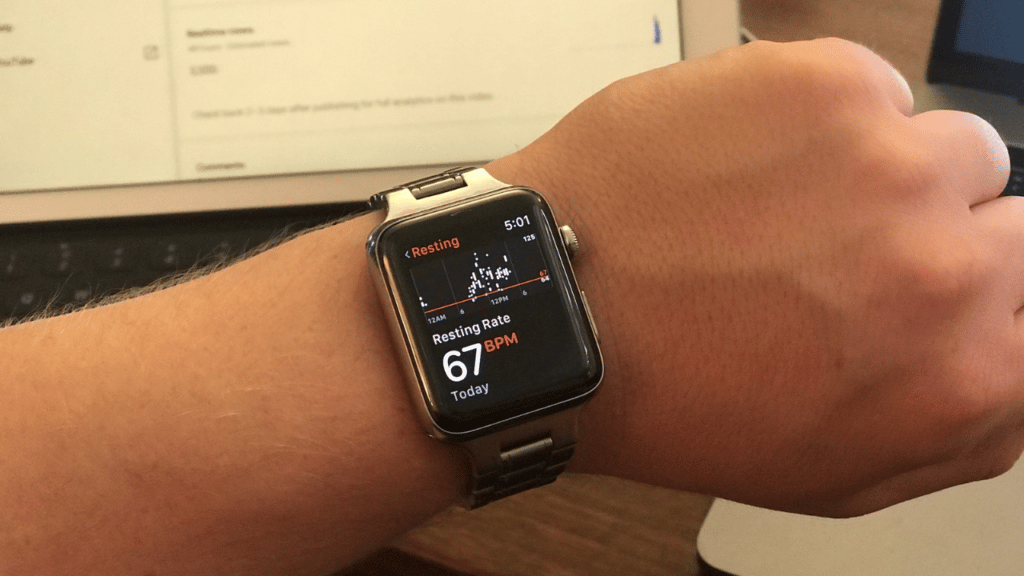
Apple Watch heart rate measurements tend to be inaccurate most often due to the way the band fits. A loose band that slides about or has noticeable spaces between the Watch and the skin might easily result in a reading that is off. You should wear the Apple Watch very snugly against your skin for the most accurate heart rate readings.
Avoid Intense Physical Activity
Intense physical activity may disrupt the intended functionality of the Apple Watch. The readings will be more accurate the less your wrist moves. If you are aware that your training involves a lot of wrist movement, adjust the strap.
Avoid Extreme Temperatures
Extreme temperatures can not only cause the Apple Watch to malfunction but also changes your blood flow, thus providing inaccurate heart rate monitoring results. For better accuracy, make sure to avoid extreme temperatures to avoid inaccuracy in results.
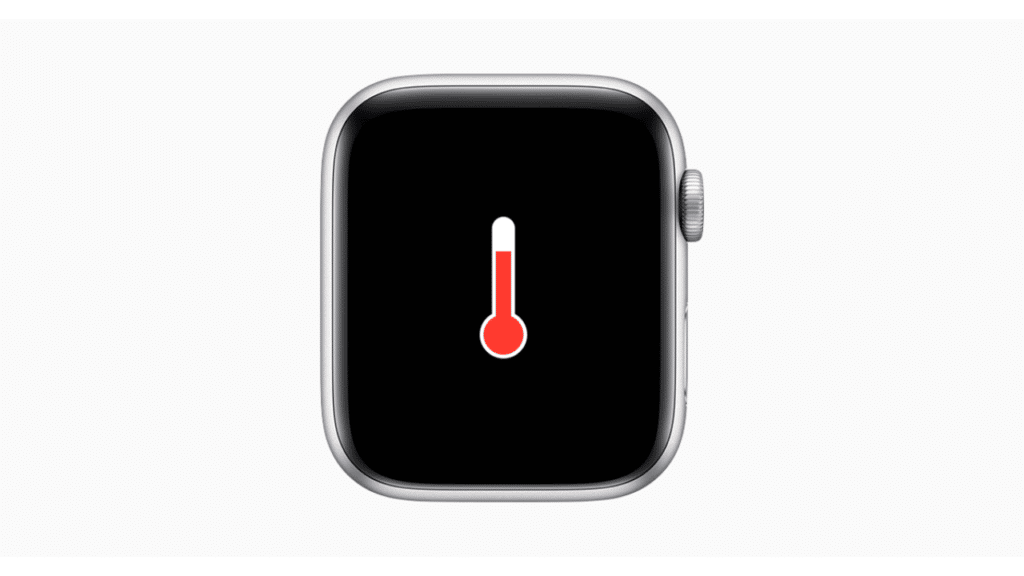
Check for Filth on the Sensor
When the Apple Watch light sensors on the back of the Apple Watch are covered with things like filth, dead skin, or sunscreen, the readings on the device may be inaccurate. Be mindful of these potentially causing your Apple Watch to produce inaccurate results.
Avoid Wearing Ontop of Clothes
If you’re wearing the Apple Watch on your sleeves without direct contact with your skin, this can produce incorrect heart rate readings. Make sure you wear it under your shirt with the watch on top of your arm since the sensors require direct skin contact.
What Other Features Does the Apple Watch Heart Rate Monitor Have?
In addition to tracking heart rate, the Apple Watch also includes several other features related to heart health. We have briefly described each of them below!
Atrial Fibrillation (AFib) Detection
As mentioned above, the Apple Watch has been approved by the FDA for use as a diagnostic tool for detecting AFib, a type of irregular heart rhythm. If the Apple Watch detects AFib, it will send a notification to the wearer and recommend that they seek medical attention.
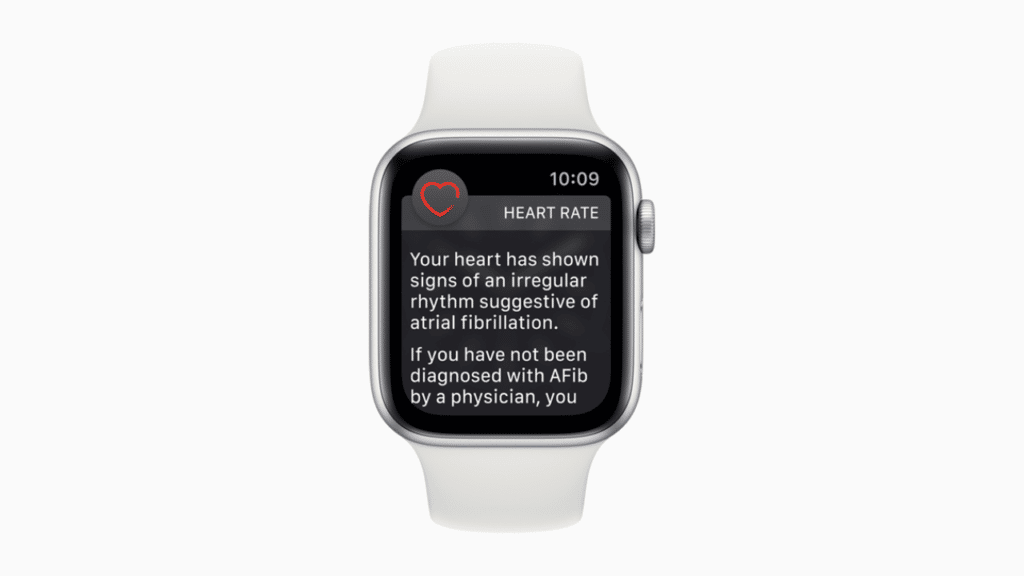
Electrocardiogram (ECG)
The Apple Watch Series 4 and newer models include an ECG app that allows users to take an ECG anytime, anywhere. The ECG app is also FDA-approved and can detect abnormal heart rhythms and alert the user if they are at risk for AFib.
Fall Detection
The Apple Watch can detect if the wearer has taken a hard fall and send an alert to your watch asking if you are okay. If you don’t respond within 60 seconds, the watch will automatically call emergency services and send a message to your emergency contacts (pretty impressive right?).
Comparing the Apple Watch HRM
So how does the Apple Watch heart rate monitor compare to those of other smartwatches? In general, the accuracy of heart rate monitors on smartwatches can vary. We have briefly compared the Apple Watch to a traditional ECG machine, the Samsung Galaxy Watch, and the Fitbit Charge 2. We have also referred to the respective studies.
ECG Machine
In a published study, the Journal of the American Medical Association compared the heart rate readings of the Apple Watch to those of a traditional ECG machine in a group of volunteers. The study found that the Apple Watch was able to accurately detect abnormal heart rhythms with a sensitivity of 98.3% and a specificity of 99.6%.
Samsung Galaxy Watch
In a different comparison, a study conducted by researchers at the University of Pennsylvania found that the Samsung Galaxy Watch had an accuracy rate of 93.2% when compared to a traditional ECG machine. The Apple Watch beats the Samsung Galaxy Watch in terms of accuracy by 5.1%.
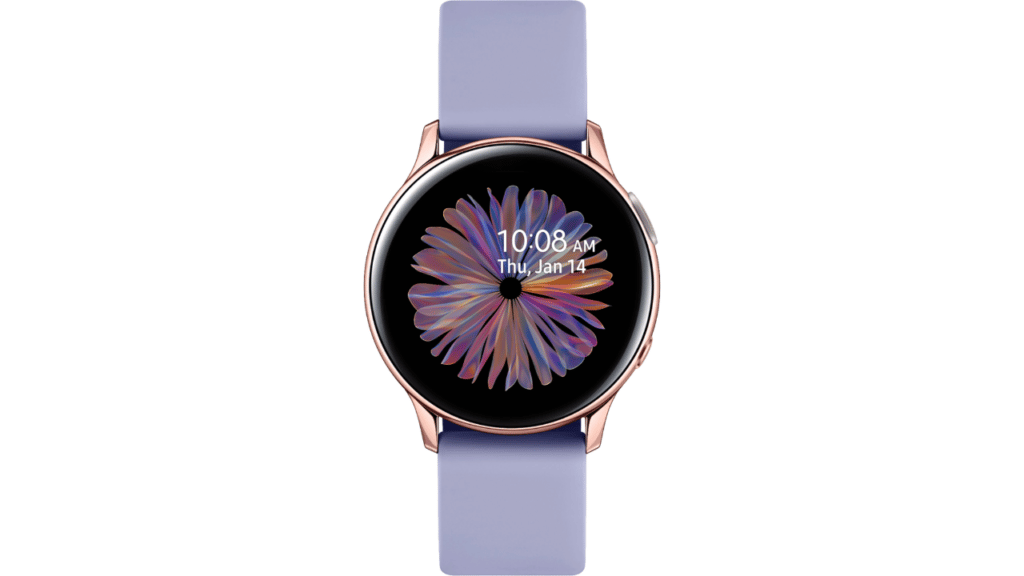
Fitbit Charge 2
Similarly, a study conducted by the California State Polytechnic University found that the Fitbit Charge 2 had an accuracy rate of 93.8% when compared to a traditional ECG machine. While the accuracy rates of the Apple Watch, Samsung Galaxy Watch, and Fitbit Charge 2 are all generally high, the Apple Watch appears to be the most accurate of the three when it comes to tracking heart rate.
Future of the Apple Watch Heart Rate Sensor
What else can we expect from the Apple Watch heart rate sensor in the future? In the future, we can expect to see even more advanced features and capabilities from the heart rate sensor on the Apple Watch. For example, the Apple Watch Series 9 is rumored to include a blood oxygen level monitor, which would allow users to track their blood oxygen levels in real time. But, we still don’t know the exact features of the Apple Watch Series 9, because details of it are not been officially released by the company.
Other smartwatches, such as the Samsung Galaxy Watch, already include this feature. In addition, some smartwatches also include features such as sleep tracking and stress monitoring, which can be useful for those looking to improve their overall health and well-being.
Conclusion
In terms of comparison to other smartwatches, the Apple Watch’s heart rate monitor is generally considered to be accurate and reliable. It’s difficult to predict what features future versions of the Apple Watch will have, but it’s possible that they may include continuous heart rate monitoring and sleep tracking and keep the streak of being the most accurate Heart Rate Tracking device. Let us know if our article helped you by leaving a reply or a suggestion down below, and don’t forget to react with an emoji!

